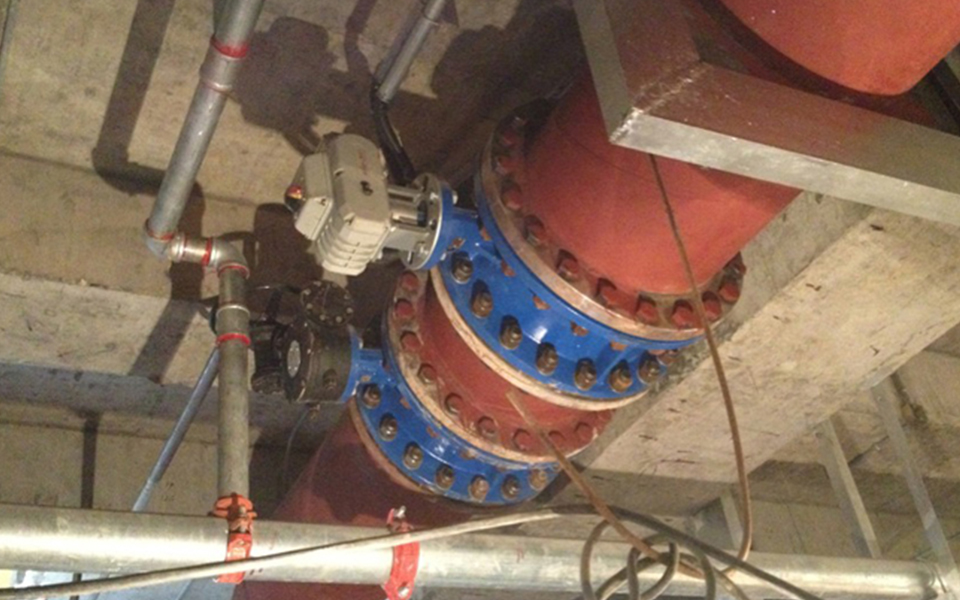INDUSTRY NEWS
Pneumatic butterfly valve installation need to pay attention to matters
1. Before installation, check the parts of the pneumatic butterfly valve without missing, the model is correct, check the valve body without debris, the solenoid valve and the muffler without blocking
2. Put the valve and cylinder in the closed state.
3, the cylinder hit the valve, (the installation direction is parallel to the valve body or vertical can), and then see whether the screw hole is correct, there will not be too much deviation, if there is a little deviation, the cylinder body can turn a little, and then the screw fastening.
4. After installation, debug the pneumatic butterfly valve (under normal conditions, the supply pressure is 0.4~0.6MPa). During debugging, it is necessary to manually operate the solenoid valve opening and closing (the solenoid valve coil is disabled before manual operation is effective), and observe the opening and closing of the pneumatic butterfly valve. If it is found in the debugging operation process that the valve in the opening and closing process is somewhat difficult at the beginning, and then normal, it is necessary to reduce the cylinder stroke (the two ends of the cylinder stroke adjustment screws at the same time, adjust the valve to the open position, and then turn off the air source and adjust), until the valve opening and closing action is smooth and closed without leakage. It should also be noted that the adjustable muffler can adjust the opening and closing speed of the valve, but not too small, otherwise it may cause the valve to not act.
5, the hair should be kept dry before installation, not open storage
6. Check the pipeline before installing the butterfly valve to ensure that there is no foreign body such as welding slag in the pipeline
7. The manual opening and closing resistance of the butterfly valve body is moderate, and the butterfly valve torque matches the selected actuator torque.
8. The flange specification for butterfly valve connection is correct, and the pipe clamping flange conforms to the standard of butterfly valve flange. It is recommended to use butterfly valve flange, do not use flat welding flange.
9. Confirm that the flange welding is correct. After the installation of the butterfly valve, the flange shall not be welded again to avoid burning the rubber parts.
10. The installed pipe flange should be aligned and aligned with the butterfly valve.
11. Install all the flange bolts and tighten them by hand to confirm that the butterfly valve and flange are aligned, and then carefully open and close the butterfly valve to ensure that the opening and closing are flexible.
12. Open the valve completely and tighten the bolts in diagonal order with a wrench without a washer. Do not tighten the bolts too tightly to prevent serious deformation of the valve ring and excessive opening and closing torque.

